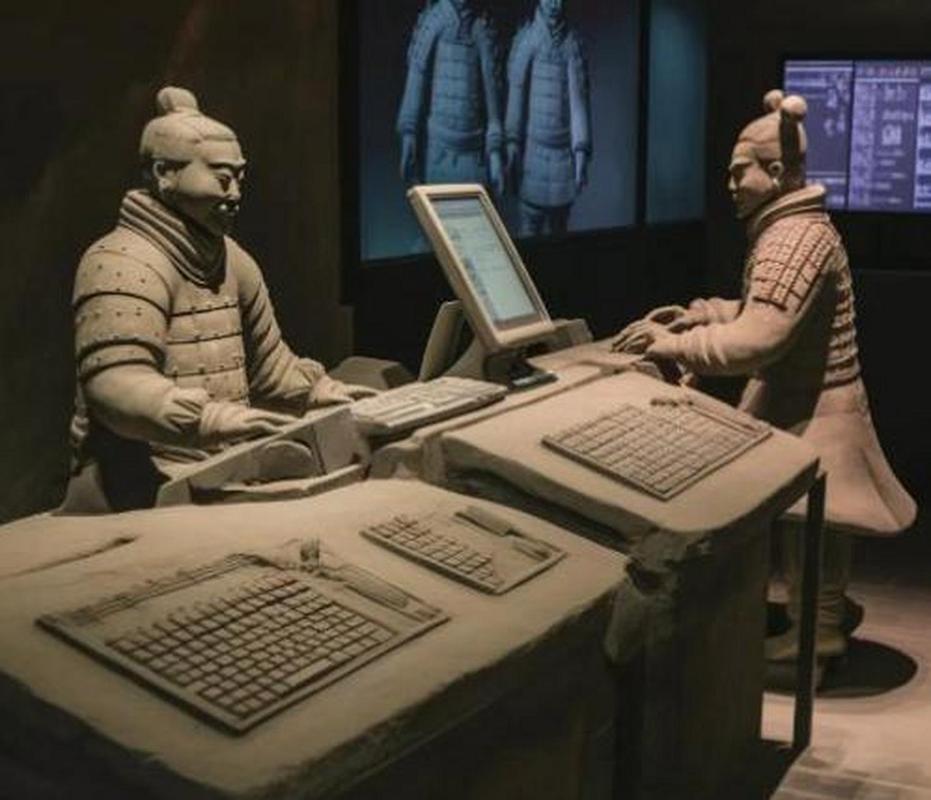
Will the Terracotta Army Tomb Ever Be Opened?
The Terracotta Army is one of the most remarkable archaeological discoveries of all time. Thousands of life-sized clay soldiers, chariots, and horses stand guard over the tomb of Qin Shi Huang, the first emperor of China. While archaeologists have explored the area extensively, they have never opened the tomb itself – and with good reason.
Potential Damage to Artifacts
The primary reason for the hesitation to open the tomb is the potential for irreversible damage to the artifacts inside. The Terracotta Army itself offers a stark example of what can happen when ancient artifacts are exposed to the open air. Originally painted in vibrant colors, the soldiers quickly lost their paint due to oxidation upon being unearthed. Similar deterioration could occur to anything found within the tomb, destroying priceless historical relics.
Furthermore, the tomb's structural integrity is a major concern. After more than 2,000 years, the supporting beams and other architectural elements could be incredibly fragile. Opening the tomb could cause collapses, damaging or destroying whatever lies within.
Rumors of Deadly Traps
Adding an element of danger and intrigue to the situation are ancient texts that describe elaborate booby traps designed to protect the emperor in the afterlife. According to historical records, the tomb is rigged with crossbows set to fire upon intruders, and rivers of flowing mercury meant to poison anyone who dares enter.
While some dismiss these accounts as mere legend, the possibility of encountering such traps weighs heavily on the minds of archaeologists. The potential risk to human life makes opening the tomb a gamble that few are willing to take.
Ethical Considerations
Beyond the practical concerns of preservation and safety, there are also significant ethical considerations surrounding the potential opening of the tomb. Many argue that disturbing the final resting place of the emperor would be a profound sign of disrespect, particularly given the cultural significance of ancestor veneration in China.
Additionally, some argue that opening the tomb would be akin to exploiting the past for present-day gain. They believe that the focus should be on studying and preserving what has already been uncovered, rather than seeking sensational discoveries that could come at a high cost.
Conclusion
The question of whether or not to open the tomb of the Terracotta Army is complex, with valid arguments on both sides. While the allure of uncovering the secrets within is undeniable, the potential for damage, danger, and ethical dilemmas makes it a decision not to be taken lightly. For now, the treasures within the tomb remain undisturbed, leaving the world to wonder what might lie hidden within.
Q&A
Q: When was the Terracotta Army discovered?
A: The Terracotta Army was discovered in 1974 by farmers digging a well.
Q: Where is the Terracotta Army located?
A: The Terracotta Army is located near the city of Xi'an in Shaanxi province, China.
Q: Why did Qin Shi Huang build the Terracotta Army?
A: Qin Shi Huang believed that the terracotta army would protect him in the afterlife and allow him to conquer the heavens just as he had conquered the earth.